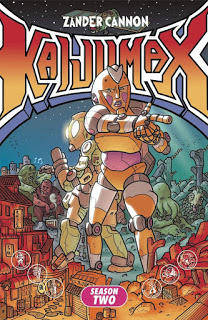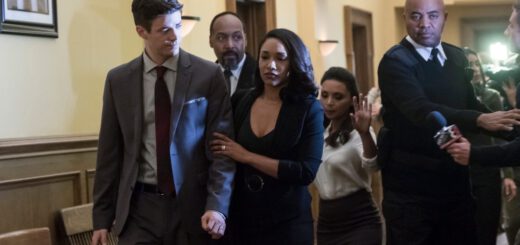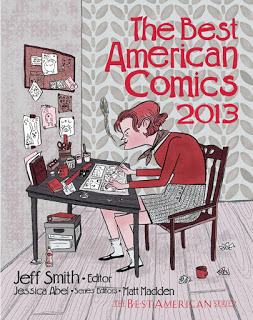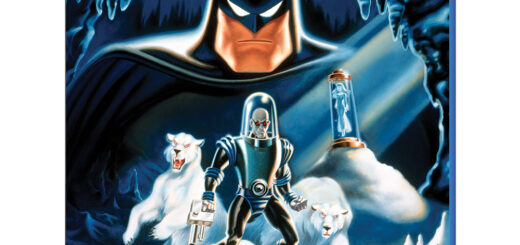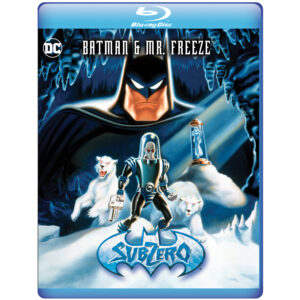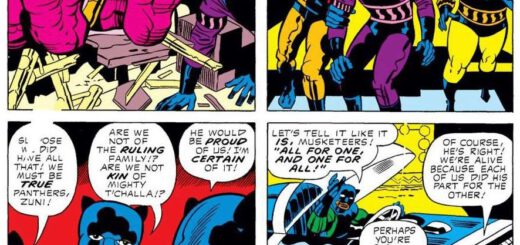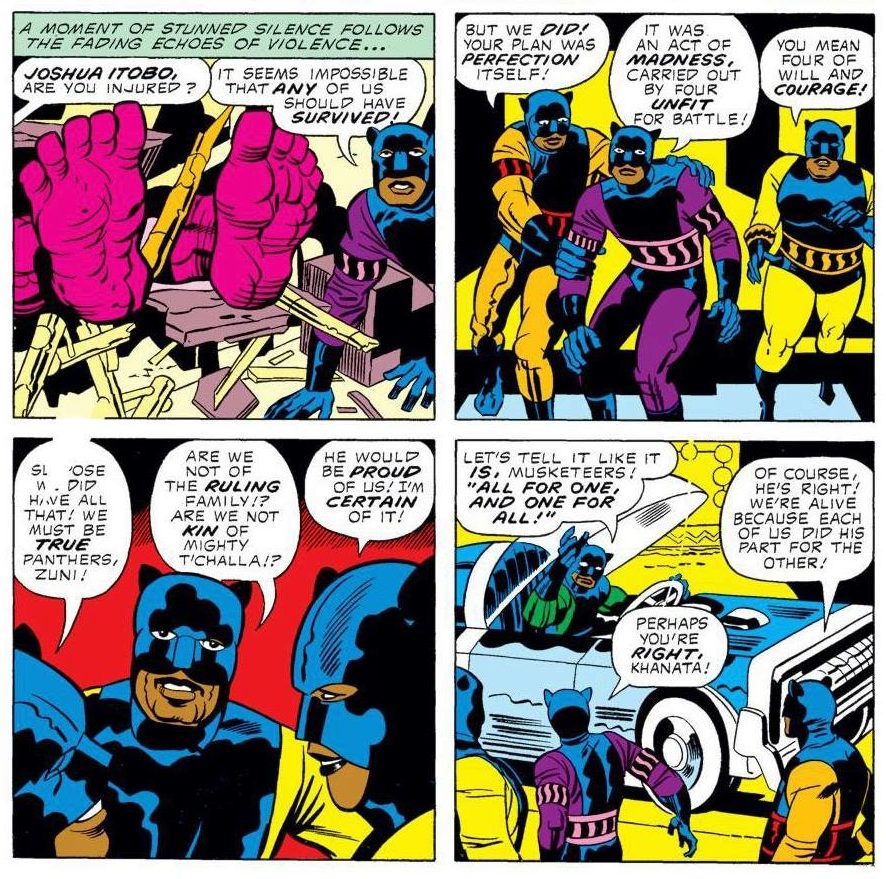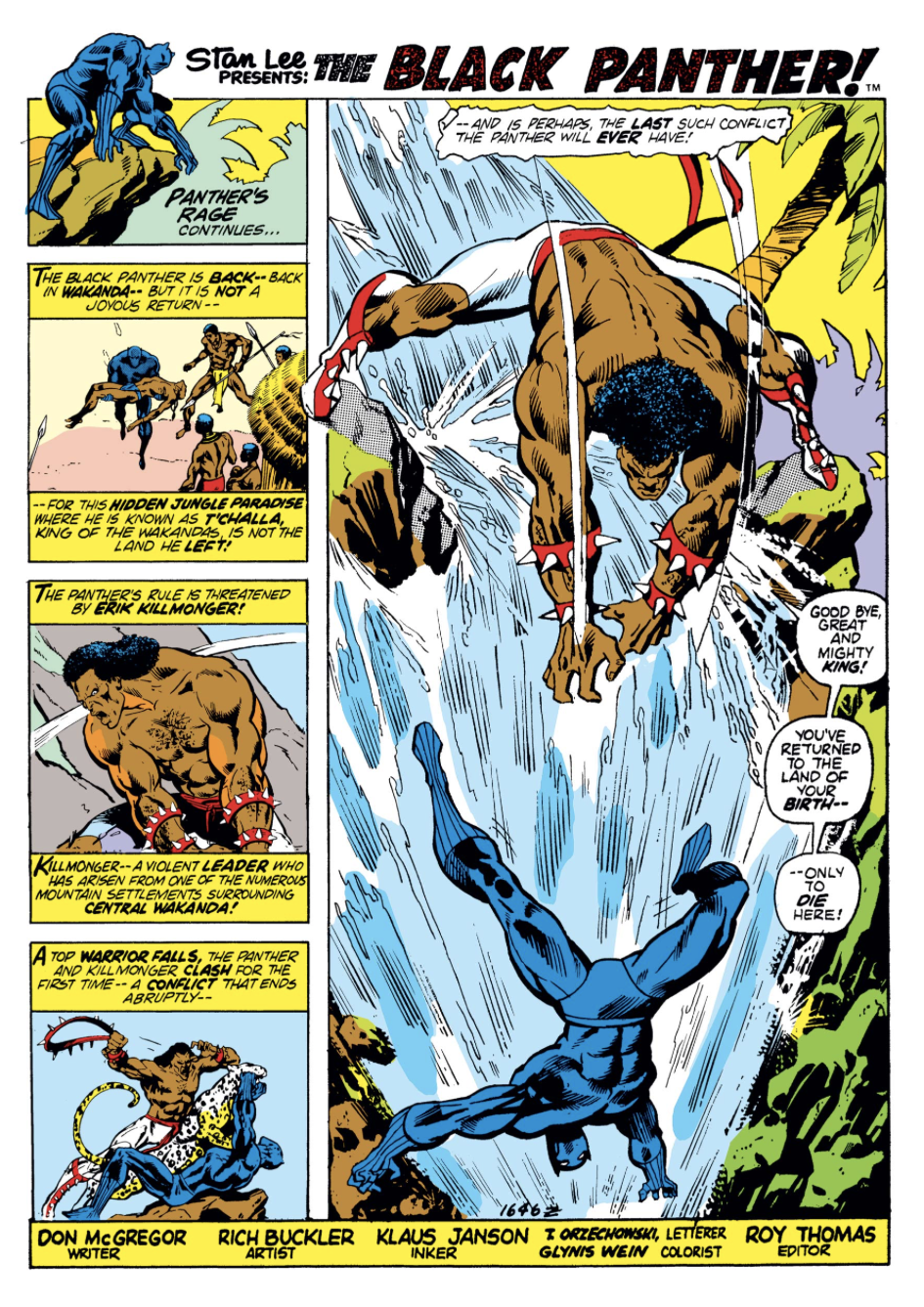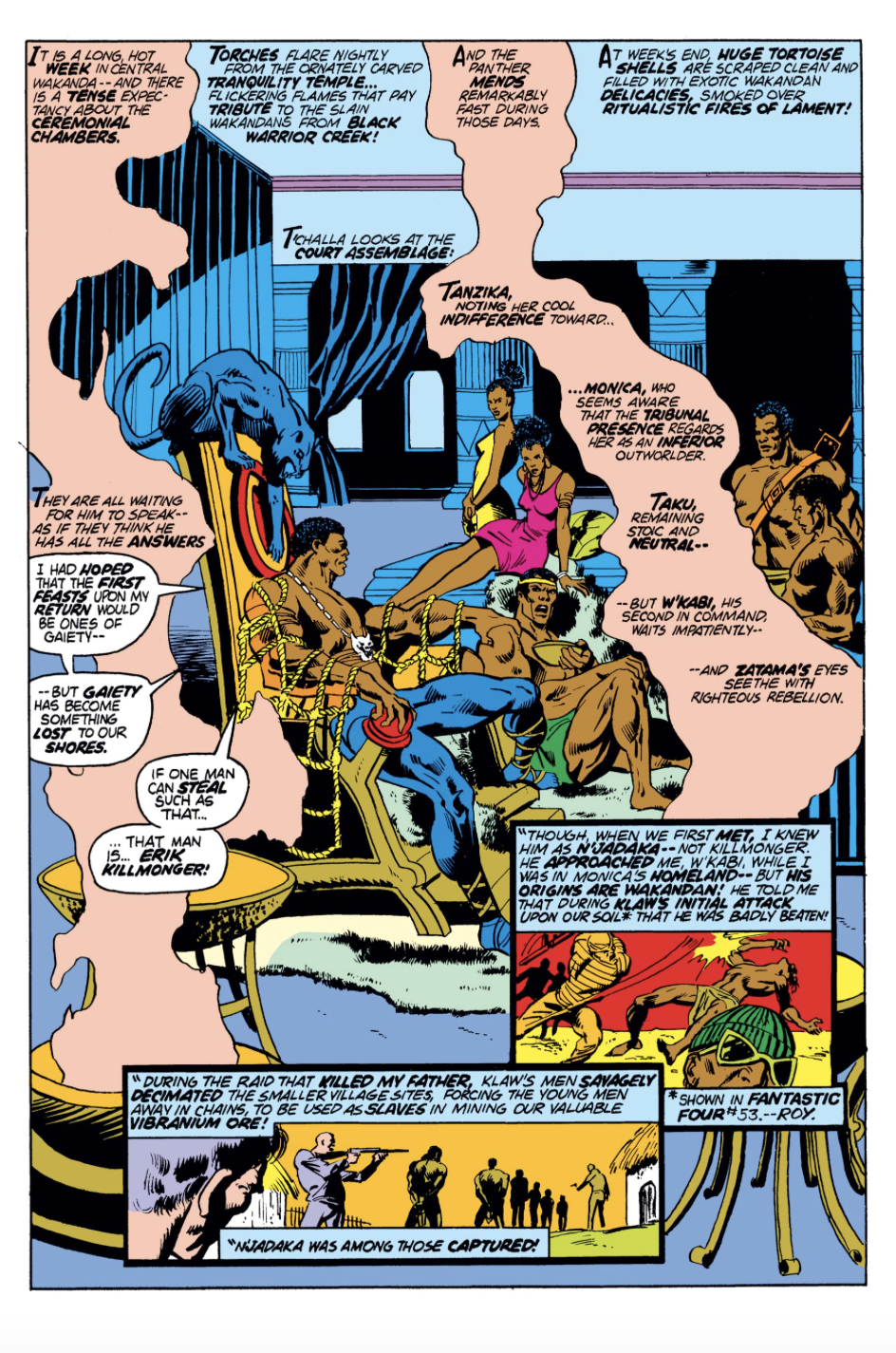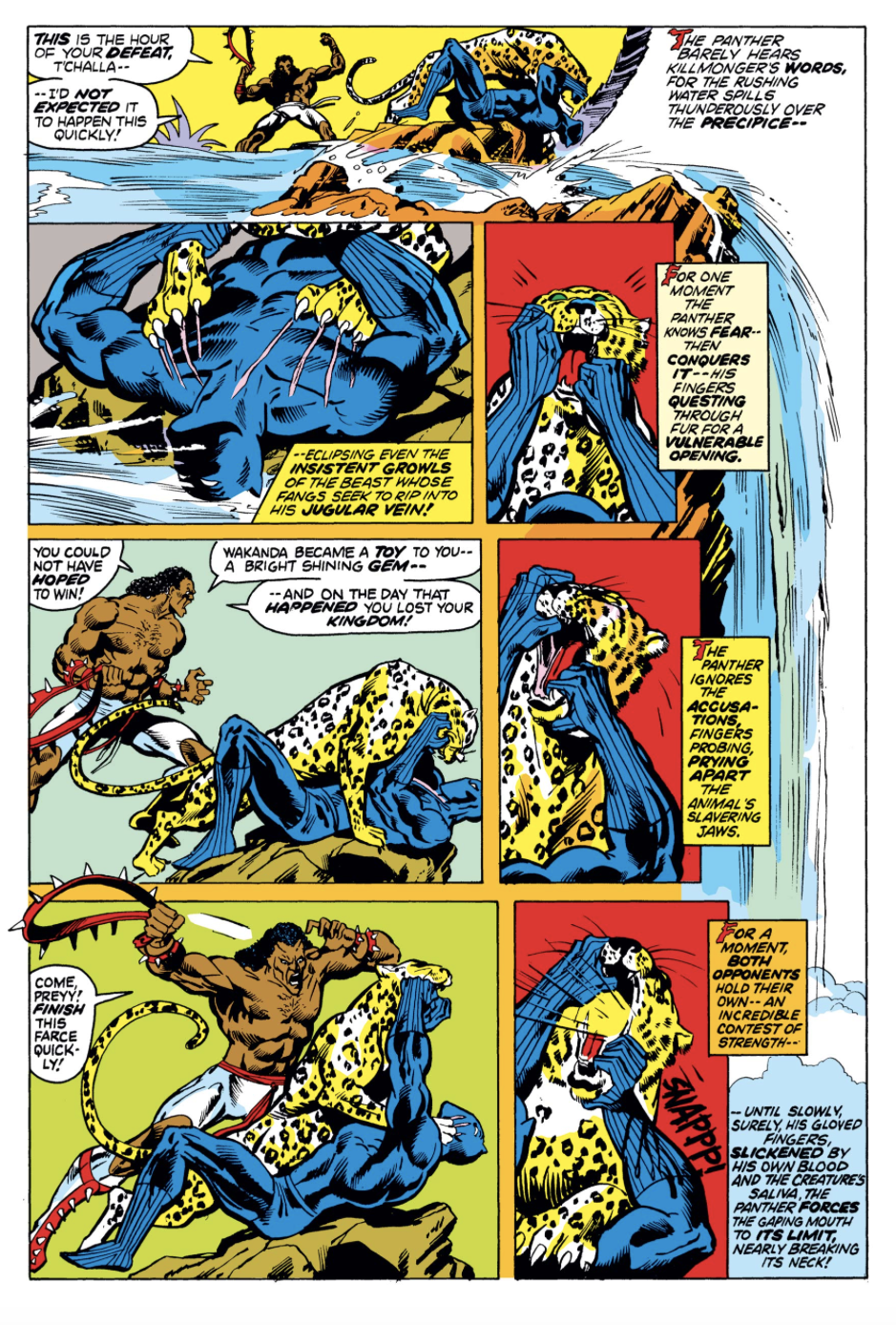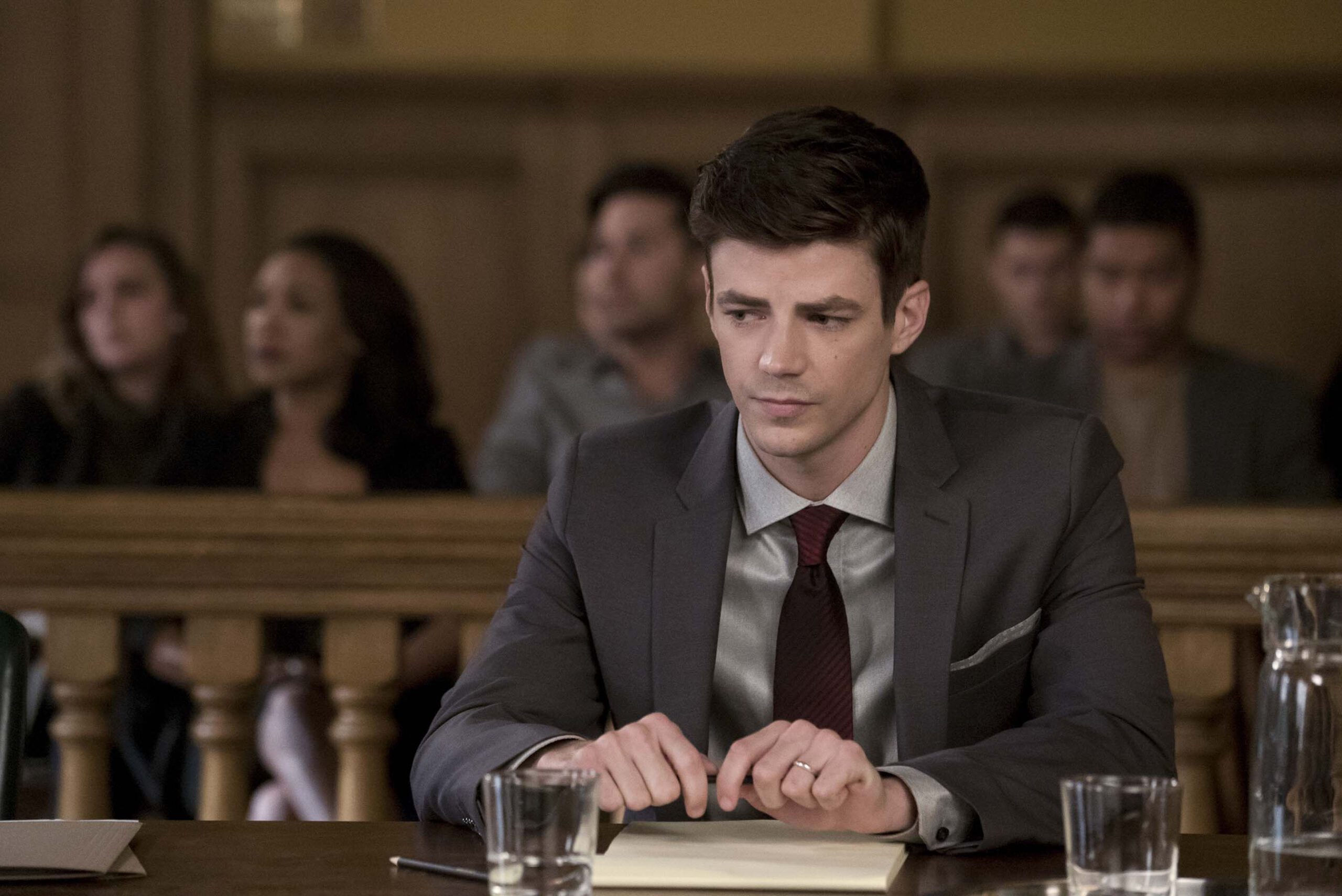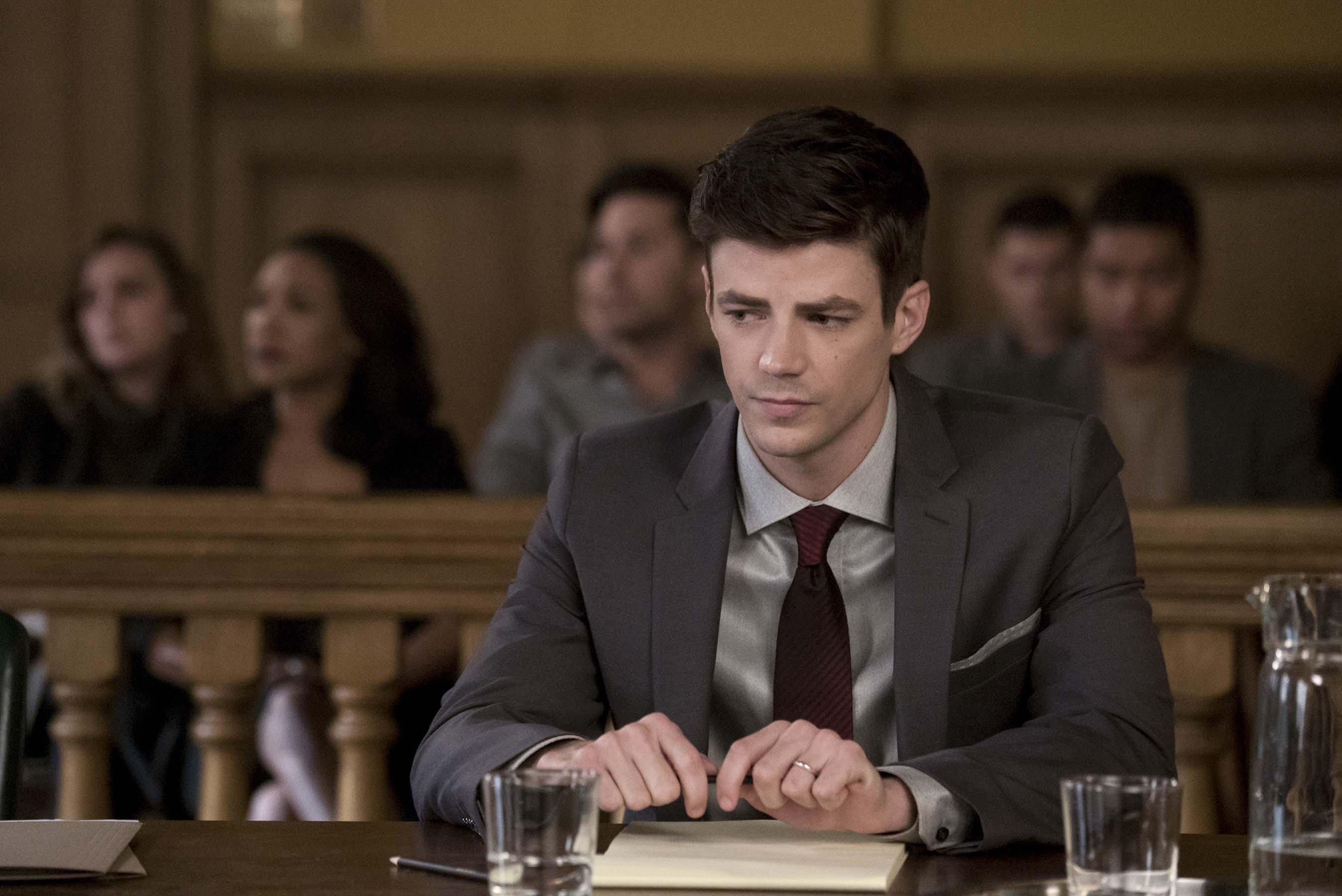Book-A-Day 2018 #65: Kaijumax, Season Two: The Seamy Underbelly by Zander Cannon
It’s taken two library systems to get me caught up on Zander Cannon’s giant-monsters-in-prison comic series, and that seems a lot more complicated than it should be. But any system that gets books you want to read into your hands is, in the end, a successful system — so I’m not going to complain.
Cannon is following the Classy Cable TV style here: six-issue mini-series, each basically self-contained, coming out about the same time each year. I expect that gives him time to do some other comics work as well, and (more importantly) time to plan the next series and promote the book of the last series, as comics is getting more and more disconnected from the just-put-something-out-in-pamphlet-form-every-month business model. (And, let’s be honest: that model was good for the companies that owned the companies and characters, but not so good for anyone else in the pipeline.)
So: here is Kaijumax, Season Two: The Seamy Underbelly . Electrogor, the nice guy who looked like our main character back at the beginning of the first season, has broken out of prison with Green Humongo, and the two of them are hiding out with Red Humongo, who is Green’s brother despite their having completely different origins. But the cast of characters is much wider than just our two fugitives, and they’re scattered all over the place — I’d say “around the world,” but one of them spends substantial time on what I’m pretty sure is the moon.
Cannon has backed his way into something like a racial allegory, though he has an afterword where he denies that was the point, and explains that the parallels came as he turned “giant monsters in prison” into something more than just a joke idea by trying to take it seriously. I found it an interesting strand of the story — kaiju as a minority group, dispossessed and discriminated against, and the family dramas between the cop kaiju brother and the criminal kaiju brother. I’m not part of the racial group that the kaiju mostly reference, so I can point to that element and note it, but readers who are closer to a real-world version could have very different responses.
Anyway, there’s a big cast, sprawling around the world and elsewhere, of cops and criminals, jailers and jailed, corrupt and honest, and those who cross all of those categories. It’s a fairly dark moral universe for both the kaiju and those they call “squishies.” (Cannon plays it monster-movie style, but there has to be a lot of death in the background of Kaijumax. Every monster in prison represents at least a few thousand dead humans, maybe more.)
And it’s a noirish cartoon version of every monster movie ever, too: giant piloted robots and giant self-aware robots, lizards from the depths of the ocean and Lovecraftian beasts from between the stars, demons and mad scientists and scheming sons. It’s only because the monsters are so apt to get addicted (to nuclear power, to fictional monster-drugs) that this world even still exists.
Season Two is darker than the first one, almost paradoxically, since this is the storyline taking place almost entirely outside of prison. But prison is where things are relatively simple, right? You follow the rules (official and unwritten), you keep your nose out of places it shouldn’t be, you keep your head down, and you do your time. There’s no place to keep your head down in the wider world, and everywhere your nose is could be a place it shouldn’t be.
You have to be able to take Kaijumax seriously to enjoy it — to accept the premise, admit the science is severely bent at best, and appreciate the models. If you can do that, it’s a fine comic about loyalty and friendship, good and evil, what you have to do and what you can do, and, as the first book put it, terror and respect.
![]()
![]()
Reposted from The Antick Musings of G.B.H. Hornswoggler, Gent.

